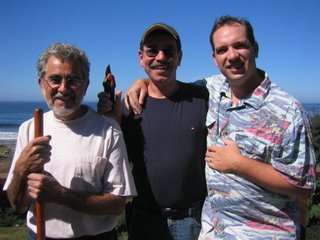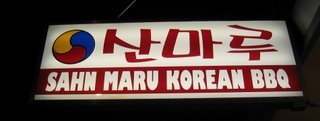(Very Nearly) Lost At Sea
Exerpt from "Love at First Crush: Four Seasons As An Olive Oil Producer"“BOOOOOOOOOOOOOMMMMMMMMM” the surf pounded me into the sand as the water rushed around me pulling me out to sea as it receded. My eyes were burning from the salt water, which scorched my nose and throat as I breathed it in. I frantically tried to scramble to my feet but another wave slammed me down. My scrawny body was no match for the ocean’s fury. I felt my body scraping on the sand and rocks as I was dragged farther out by the undertow. I tried to yell for my Uncle Jack, but it was no use. I could not get my head above water. “GROUBLEJAAAAAAT” was all that came out. My energy was low; my flight instinct was giving way to the paralyzing grip of fear. I was eight years old and drowning at sea.
Suddenly I felt a familiar, strong hand snatch my hand, resting me from the frigid grip of the deep. With a swift pull I was above water. Uncle Jack, my bearded, muscle-bound, wisecracking hero, threw me over his shoulder and was wading me to safety. “Are you okay, little buddy,” he enquired gently.
“I think so,” I sobbed. “I thought I was going to die.”
“I know, but you are safe now.”
He hugged me as he stood me up in the dry sand. I was skinny, without an extra ounce of fat on my body and I was shivering cold. My eyes were stinging from the salt water and my sinuses were emptying from my nostrils. Uncle Jack cleaned me up and hugged me again.
“Are you going to be alright? You are alive, Brian.”
“Thanks for saving me, Uncle Jack.”
“Come on, its my job. I am a superhero remember?”
I laughed. “We need to make you a song. All superheroes have songs.”
“Ok. But you have to remember to never turn your back on the ocean. Ok?”
“Got it.”
“Alright, let’s go wash the sand off of you, you little monkey.”
We walked up the beach, improvising a song for my superhero Uncle.
“Never turn your back on the sea,” we sang with mock vibrato, “unless he’s there to save thee. Uncle Jack!”
[+/-] read/hide this post




